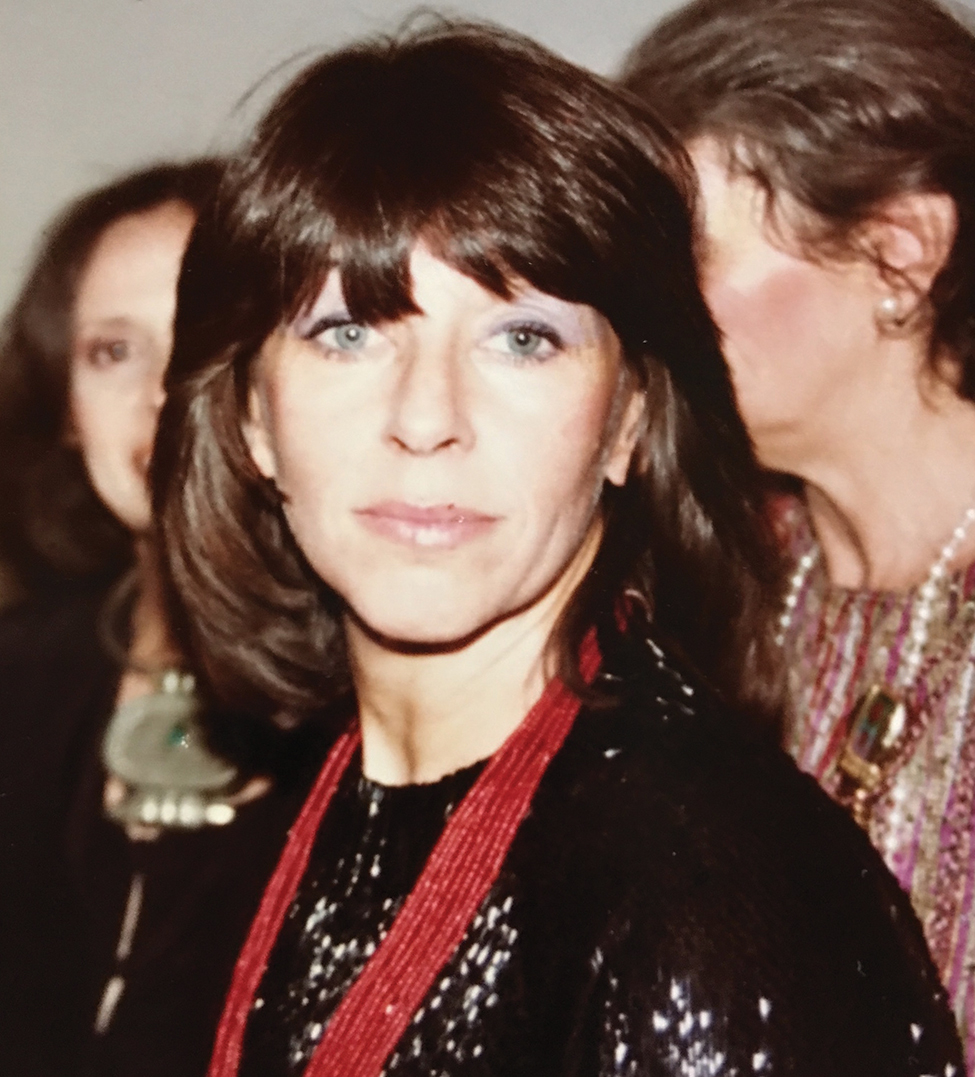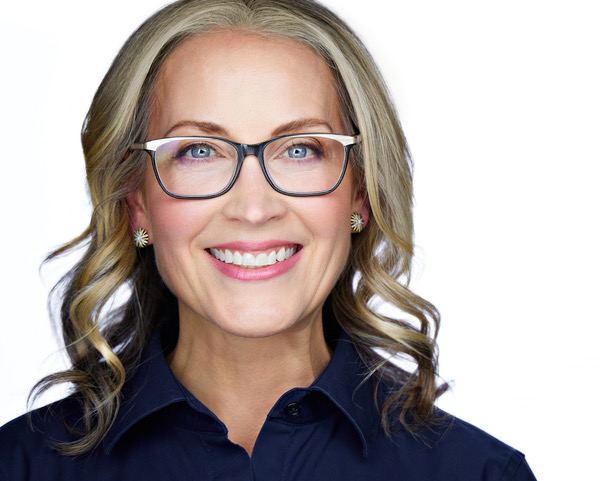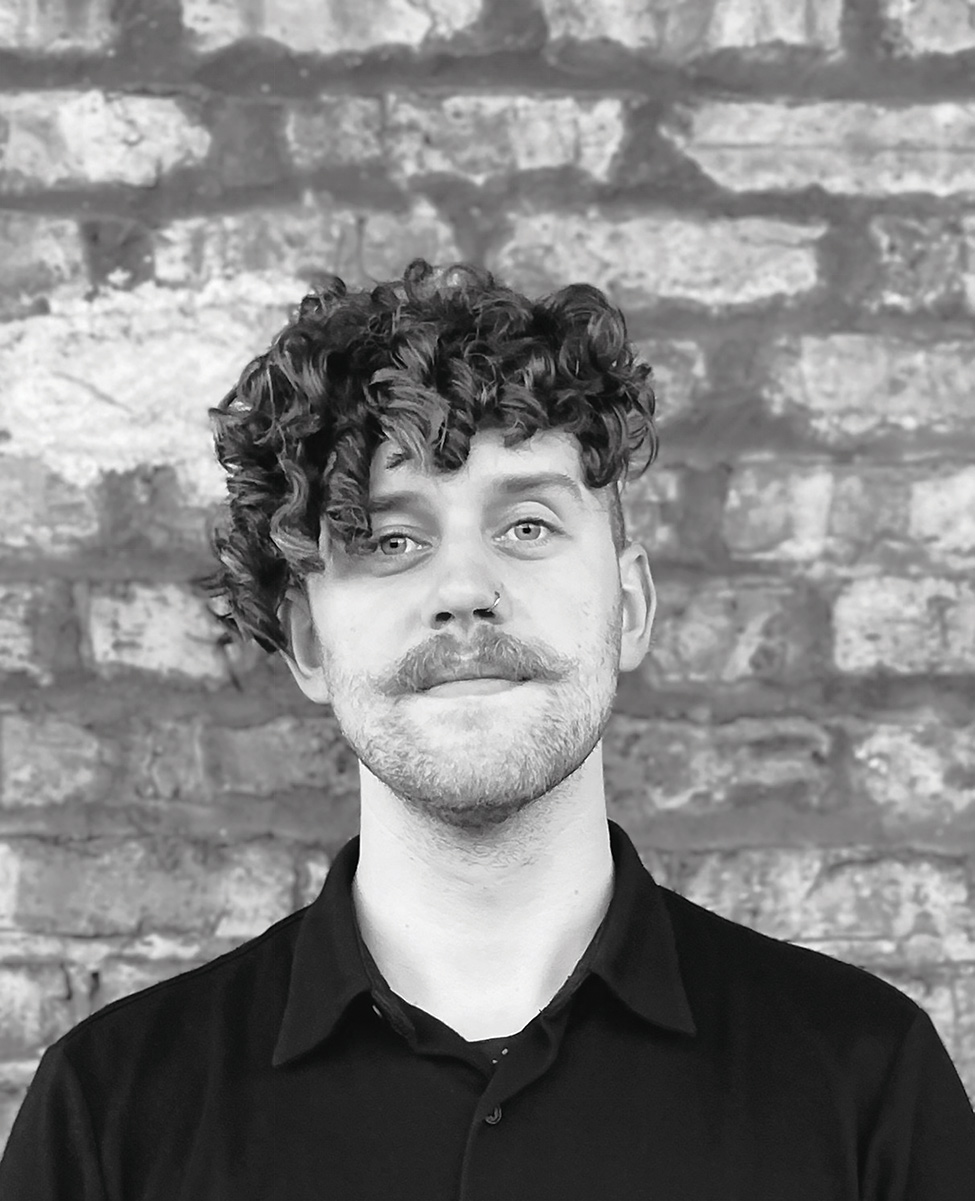Collector Profile: Linda and Paul Gotskind

By KEVIN NANCE
Art collectors often claim that they buy art solely because they love it, not because they consider it an investment. But for Paul and Linda Gotskind, a Chicago couple who’ve spent the past quarter-century thoughtfully amassing an impressive collection of contemporary art, they see a work’s monetary value, now and (potentially) in the future, as a necessary part of the decision-making process.
“Most people would probably say that they don’t have the money thing in the back of their minds, but they do,” Paul Gotskind says in an interview at their River North home. “We buy art mostly because we like it, but when you’re buying something that costs a lot of money, you’ve got to think about the investment part of it. I’m not saying we buy things because they might go up in value, but at the same time, I don’t want to lose every cent we’re putting into it, either.”
Linda is even more definite on the subject. “For me, it’s part of my portfolio,” she says. “I’m not in a position to spend several million dollars on something and ignore the possibility that it could be worthless at some point.”
The Gotskinds’ unapologetic practicality with regard to art and money stems in part from the fact that they both spent most of their professional careers as stock and commodities traders, he at the Chicago Board of Trade and she at the Chicago Mercantile Exchange. (Paul remains an active stock trader, working from home; Linda, a teacher before entering the financial industry, is retired.)
Their understanding of the fiscal realities of art collecting also affects the art they buy and how they buy it. They deal primarily with established galleries in New York, Los Angeles and Chicago (including the Richard Gray, Alan Koppel, Kavi Gupta and Rhona Hoffman galleries). “We’ve occasionally bought pieces from galleries whose reputations we weren’t sure of,” admits Linda Gotskind, “which might not have been the best decision.” And rather than take risks on emerging artists, the couple prefers to collect work by mid-career artists “who’ve made a move for themselves,” as Paul puts it. “They’re associated with good galleries, they’ve sold at auction, they’re in museum collections.”
Also hovering in the background of their art-buying choices is the fact that with his first wife, Paul Gotskind built a significant collection of work by blue-chip artists such as Picasso, Dubuffet, Frank Stella and Cy Twombly.
At the time of their divorce, Gotskind and his ex-wife chose to sell the entire collection rather than make the difficult decisions that would have been necessary to divide it. “If we hadn’t sold it, that collection would have been worth a small fortune today,” he says wistfully. “Now I’m paying the same amount for younger artists that I was paying for blue-chip artists back then.”
*

The Gotskinds’ collecting is also largely about their own emotional investment. Showing a visitor around their 2,800-square-foot condo recently (they also have a home in Laguna Beach, Calif., where they keep the other half of their collection of about 100 pieces), they take obvious pleasure in the work. They are unusually knowledgeable about each piece, having developed relationships with many of the artists and learned more than many collectors do about the art-making processes involved. Their collection is consciously integrated with family heirlooms and photographs. “That’s my best art,” Linda says proudly of a framed portrait, “My grandkids.”
Both Paul and Linda know what they like (primarily painting and sculpture, the latter often with a textured, tactile quality) and what they don’t. “Conceptual art is something we’re still working on,” Linda says. “Something that needs an explanation, that you have to study up on, is not what I’m normally drawn to—although when you walk around with a curator, that’s all they’re drawn to.” Most of all, they’re drawn to quality. “We’re big fans of buying one of the better pieces by an artist,” Paul says. “I’d rather buy a lesser artist’s better work than Andy Warhol’s worst piece.”
Along the way, the Gotskinds have developed fairly specific affinities: for African-American artists, including Rashid Johnson, Kehinde Wiley, Charles Gaines, Jack Whitten and Theaster Gates (“Black artists are having their time right now,” Linda says); women artists (including Rosson Crow, Wangechi Mutu and Elizabeth Neel); and Chicago artists (including Gates, Angel Otero, Dzine and William J. O’Brien).
“Paul and Linda have an extraordinary eye,” says Tony Karman, who enlisted the Gotskinds as investors in Expo Chicago, the annual art fair at Navy Pier. “They are very active on the contemporary art scene, not only with leading galleries but as people who collect artists who have gone on to great careers. One of the best parts of their collecting ethos is that they don’t use an art adviser; they share the experience of finding artists they want to collect, and they stay true to their curatorial vision.”
Perhaps the Gotskinds’ biggest problem now as art collectors is that they’re essentially out of display space, though they continue to actively collect. Virtually every possible place to show art in their two homes is filled. Lending pieces to museums (which they do frequently, including recent loans to Chicago’s Museum of Contemporary Art and other institutions) only solves the problem temporarily.
“It’s a question we don’t have an answer to yet,” Paul says a smile. “We’re working on it.”
One possibility is to sell some work at auction, which, so far, they’ve done only sparingly. Another option is to donate some artworks to museums, but that still leaves something to be desired. “The pieces the museums are the most interested in are the pieces we’re most interested in,” Linda says, “and I’m not ready to give them up just yet.”
Kevin Nance is a Chicago-based freelance writer and photographer. Twitter @KevinNance1






